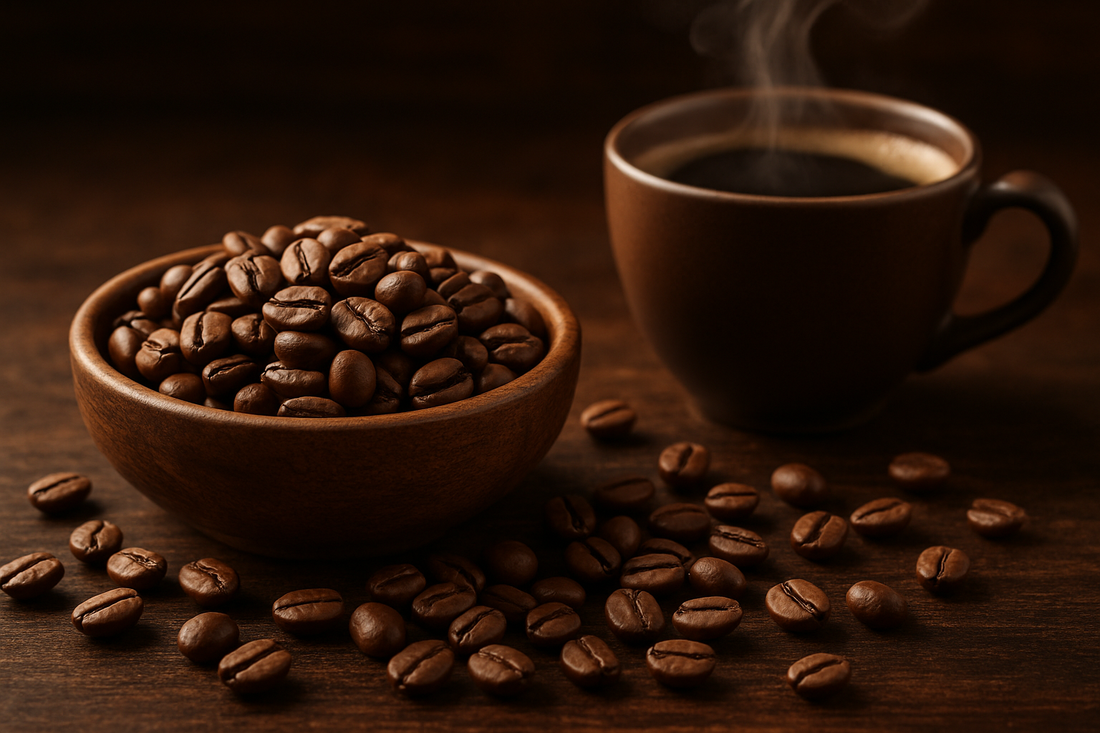
Java Arabica Coffee
Share
Java Arabica Coffee: An In-Depth Look
Java coffee is a wet-processed Arabica coffee that's primarily grown on the eastern side of the island of Java, within the Ijen volcano complex at elevations around 1,400 meters. The island's rich volcanic soil and high altitudes contribute to the unique characteristics of its coffee.
| Characteristic | Details |
| Growing Altitude | 750 - 1,550 meters above sea level |
| Arabica Variety | Typica |
| Harvest Period | May/June - August/September |
| Milling Process | Washed, sun-dried |
| Flavor Profile | Nutty, malty, chocolatey with a bright, sweet taste |
| Body | Effervescent and relatively heavy, but lighter than other Indonesian coffees |
| Acidity | Bright |
Distinctive Flavor and Aroma
A quality Java coffee has a full, clean body and a flavor that is both rustic and smooth. While it shares some earthy notes with other Indonesian coffees like those from Borneo or Sumatra, it is generally less earthy. Its aftertaste is often long-lasting with herbaceous, and sometimes spicy or smoky, undertones. Overall, Java coffee leaves a sweet and supple impression on the palate.
Legacy of Dutch Plantations
The finest Java Arabica coffee comes from five large estates originally established by the Dutch government in the 18th century, when the island was part of the Dutch East Indies. These estates, which include Djampit, Blawan, Pancoer, and Kayumas, are still the largest producers of premium Arabica coffee on the island. While Java was once the world's leading coffee producer, a rust plague in the 1880s devastated its crops. This led to a shift towards growing disease-resistant Robusta beans, which now make up about 90% of the island’s coffee output, though only about 10% of Indonesia’s total production is Arabica.
The Art of Monsooning
Some of the coffee beans from Java's old estates undergo a unique aging process called monsooning. This involves exposing the unroasted green coffee beans to the warm, moist air of the rainy season for up to three years. This process is irreversible, but if successful, it can significantly alter the coffee's profile. Monsooned coffee is often sold as "Old Java Coffee" or "Old Brown Java Coffee" and is known for its intense woody flavor, heavy body, and very low acidity. The beans also change color from green to a light brown.
The Classic Mocha-Java Blend
Java Arabica coffee is a key component of the traditional Mocha-Java blend, where it is combined with Yemen Mocha coffee. This historic blend has been a staple in the coffee world for centuries, ever since the Dutch first successfully grew coffee in Java in 1690. Roasters often blend Arabica and Robusta beans to achieve a thicker, richer crema and a higher caffeine content in their espresso blends.
Other Key Exports
Beyond coffee, Indonesia is a major agricultural exporter. Its fertile soil and abundant rain also support the production of other goods like palm oil, tobacco, cocoa, tea, cloves, cinnamon, and nutmeg.
